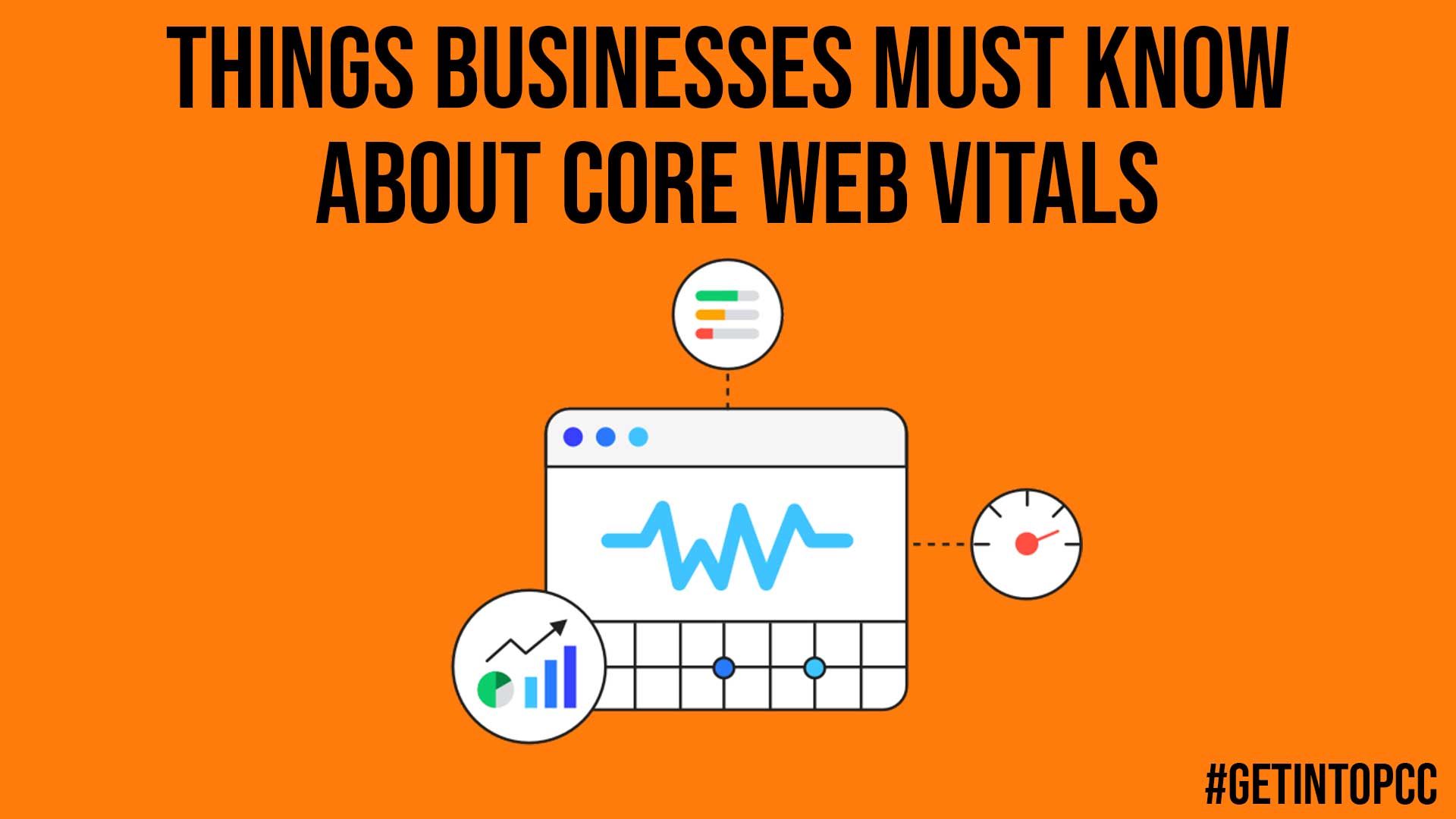Blog
Things Businesses Must Know About Core Web Vitals
Things Businesses Must Know About Core Web Vitals
In less than a month, Google will roll out the May 2021 Page Experience Update that will change the search engine optimization (SEO) ranking signals.
It will revise the search engine’s way of determining the rankings online. The update will include Core Web Vitals as an additional ranking factor.
SEO experts have been preparing for the rollout of this update since 2020. But their clients may have a vague idea of how these metrics work and how they will affect their website.

Here are several details about the upcoming update and how it will affect Google’s algorithm.
What Are the Core Web Vitals?
Google introduces new ranking factors through this set of metrics to help the search engine measure and compare user experience (UX). Like all the other ranking factors, it is also analyzed and collected based on the site’s URL.
The primary focus of this new update lies in technical factors. It includes values that generated, measured, and studies by the algorithm, such as:
Largest Content Paint (LCP)
The search engine giant will value the website’s loading time once the new update goes live. Google will start focusing on the loading time of the biggest graphic element on the user’s screen, known as the LCP.
If the loading time is less than 2.5 seconds, Google will label the website as Good. If the site loads between 2.5 seconds to 4 seconds, it will get a Needs Improvement label. But if the loading time reached 4 seconds and above, the site has a poor LCP.
Also Read: Online Safety and Privacy With A VPN
First Input Delay (FID)
This factor measures the page’s interactivity. It will consider the time needed for the page to react as soon as the user engages.
Cumulative Layout Shift (CLS)
Visual stability is also a major factor in measuring these metrics in the website. The complicated design of the websites overwhelms the loading sections of the content. It will result in a change in the user view. Therefore, the Cumulative Layout Shift deals with the time needed for all site elements to move into their final place.
How to Improve the Web Vital Metrics?
SEO experts need to work fast to improve the websites’ speed, visual stability, and responsiveness metrics. But these professionals also know that blanket solutions will not help in this situation since all CMS, shop systems, and internal development needs separate optimization.
To improve the LCP, the experts must increase the server response time and the loading time for the site’s resources. For the FID, improving the JavaScript runtime code, volume, and a number of server requests are necessary. On the other hand, SEO specialists must specify the size of images and videos to boost the CLS.
The experts can also consult with Google’s official documentation to know more about the technical changes to comply with the upcoming update.
SEO and Core Web Vitals usually support each other for the benefit of the users. It means all SEO professionals must be aware of all the ranking factors if they want the search engine giant to boost the rankings of the clients’ site and beat the competitors.
At the moment, the impact of the upcoming Google update remains unknown. But since Google is centering its attention on the on-page experience, investing in changes to comply with the update would be the best move before the rollout.
Also Read: Cybersecurity Solutions for Your Personal & Business Use
Author Bio:
Ester Adams is a farmer of words in the field of creativity. She is an experienced independent content writer with a demonstrated history of working in the writing and editing industry. She is a multi-niche content chef who loves cooking new things.
